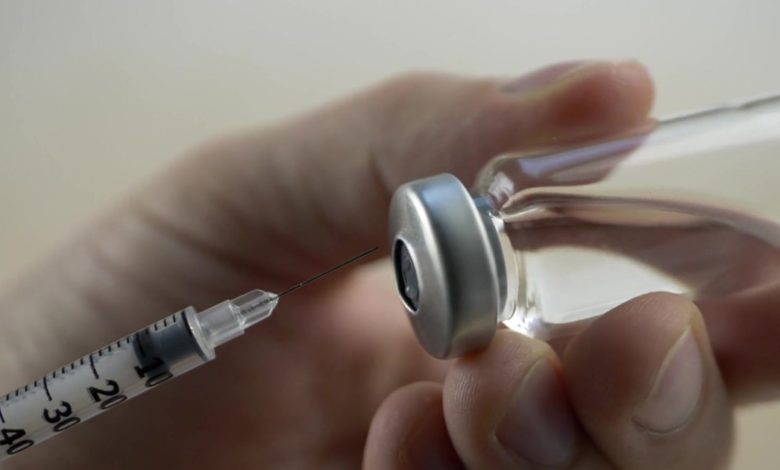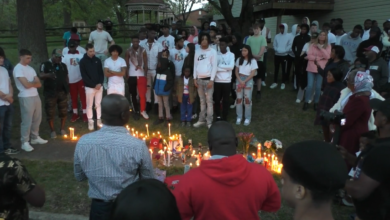
A new study suggests that increasing the number of people eligible to get the COVID-19 vaccine could make it harder for people to get a shot.
The study, from Surgo Ventures in Washington DC, compared each state's percentage of people eligible with the number of doses they administered for every 100,000 people.
"What we generally saw was that states that had a more narrow focus on their vaccination efforts generally had a more success at rolling out the vaccine to more people," says Senior Research Scientist Nicholas Stewart.
Among the states with the lowest percentage of the population eligible, Connecticut, Hawaii, and New Mexico led the way in administering doses. New Mexico gave out 51,686 doses of the COVID-19 vaccine for every 100,000 people.
Conversely, states like Florida, Georgia, and Mississippi all had 70% or more of their population eligible but only distributed around 35,000 doses or less.
Stewart says the numbers show that states had logistical problems keeping up with demand when they increased eligibility.
"When you expand eligibility to people all across your entire state, the supply chain logistics get extremely complicated," he says.
High eligibility rates didn't always mean low dose distribution. West Virginia bucked the trend by opening up vaccines to 72% of their population but was still seventh in the nation at distribution. They gave out 42,620 doses per 100,000 people.
Similarly, not every state that kept eligibility limited did a good job at giving out shots. California had the seventh most strict eligibility rules in the study but only gave out 36,108 doses per 100,000. That put them 37th in the nation.
Stewart says West Virginia did well because they had a single, centralized system that covered the entire state. California, meanwhile, went county-by-county for vaccine distribution.
"If each county is telling their residents that they have a different eligible population in their specific county, there's going to be confusion across the entire state," Stewart says. "That's going to create obvious impediments to that process."
Stewart says the study isn't a call to increase restrictions, especially since President Biden has already said he wants every American eligible to get a vaccine by May 1.
Instead, he believes the numbers show that states need to increase focus on their vaccine distribution infrastructure. He says there need to be more vaccination sites at easy-to-access locations, more supply of vaccines, and easier ways to book appointments. He also says states need to beef up their IT infrastructure to avoid frustration with online appointment systems.
"As we move forward, what we need to do before opening up eligibility is try to solve for some of these bottlenecks in terms of the vaccination process," says Stewart. "Every state needs to be building upon the infrastructure that is already in place."
To help, Surgo created a "COVID-19 Vaccine Coverage Index." It gives every county in the country a score on five factors that could slow down vaccine distribution. Stewart says identifying weaknesses will let local governments address the problems before increasing eligibility.
This story was first published by Jared Aarons at KGTV.







